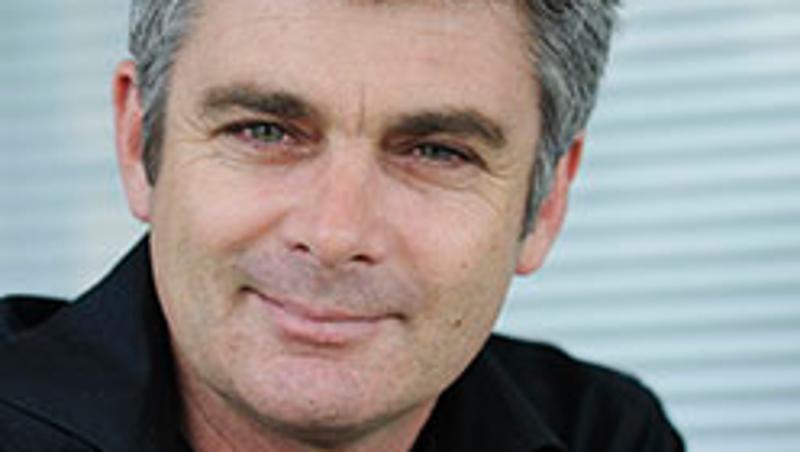
Rather than adequately protect residents from bushfire, the WA Planning Commission's proposed bushfire risk management policy will endanger lives and stall residential development, Australia's leading specialist bushfire architect has warned.
The policy will generate a false sense of security for homeowners by encouraging them to build to a much lower construction standard than the actual fire hazard level of their sites, says award-winning research architect Dr Ian Weir, who heads QUT's Landscape Architecture school.
"The proposed policy will allow houses with key design flaws that are known to lower a home's resilience to be built in bushfire-prone areas," Dr Weir said.
He said the proposed policy, for which submissions close on Friday, was an impractical solution to bushfire risk management.
"It bears a striking similarity to Victoria's planning policy, which is about to be repealed for being too restrictive on building design, that led to a prohibition of development on land in bushfire prone areas," Dr Weir said.
"The WA policy will not support homeowners building to Bushfire Attack Level 5 and 6 of the Australian Standard for Bushfire Houses design, and this is a serious concern because many sites cannot be managed to safe levels for houses designed at levels lower than these.
"They will be exposed to much higher risk than what their home is designed for. Key bushfire design flaws, such as lightweight timber decks and exposed underfloor structures, will still be supported by the WAPC's policy."
Dr Weir said a bushfire prone area was defined as one which is within 100 metres of any area of bushland 1ha or greater in area.
"Under the policy, this could include sites around Perth's Kings Park. It could be a small neighbourhood reserve, or a road or freeway reserve or even your neighbour's undeveloped property."
Dr Weir said the Australian Standard for Bushfire Houses had six levels of design that relate to the bushfire attack level that a house would be exposed to.
"The less the distance between a house and the vegetation or 'fuel load' the greater the resilience of the building design required," he said.
"The WAPC effectively will 'not support' the two highest design levels because, while you can build to one of those higher standards, you are still required to have a minimum bushfire protection zone (BPZ) of 20m around the house for the entire fire season.
"This is a huge ask of homeowners as all new houses will be required to maintain a 20m zone around them. This means just green mowed grass or a landscaped area where 'fuel' levels are comparable to grass mowed to 50mm high.
"With a house in the centre of a property, a 20m BPZ all the way around effectively means keeping an area of 60m metres in diameter clear. For many houses this would mean the neighbouring property would have to be cleared and maintained as well.
"While homeowners can grow some trees and shrubs under certain conditions, it is a huge management issue for them when you remember that the fire seasons are now five to six months long."
Dr Weir said a further impost on homeowners would be the requirement to have an accredited fire consultant do an initial hazard assessment, a bushfire attack level assessment and then draft a bushfire risk management plan.
"There are presently only three accredited consultants in WA - so this requirement would create a huge stress on resources and further add to development delays. So this requirement is another reason why development will stall or be prohibited.
"The solution is to allow landowners to take greater responsibility for their safety through good design specific to their sites - rather than through the imposition of uniform clearing regulations which won't actually achieve the aim of having a shared responsibility approach in bushfire safety."
Media contact: Niki Widdowson, QUT media, 07 3138 2999 or n.widdowson@qut.edu.au.


